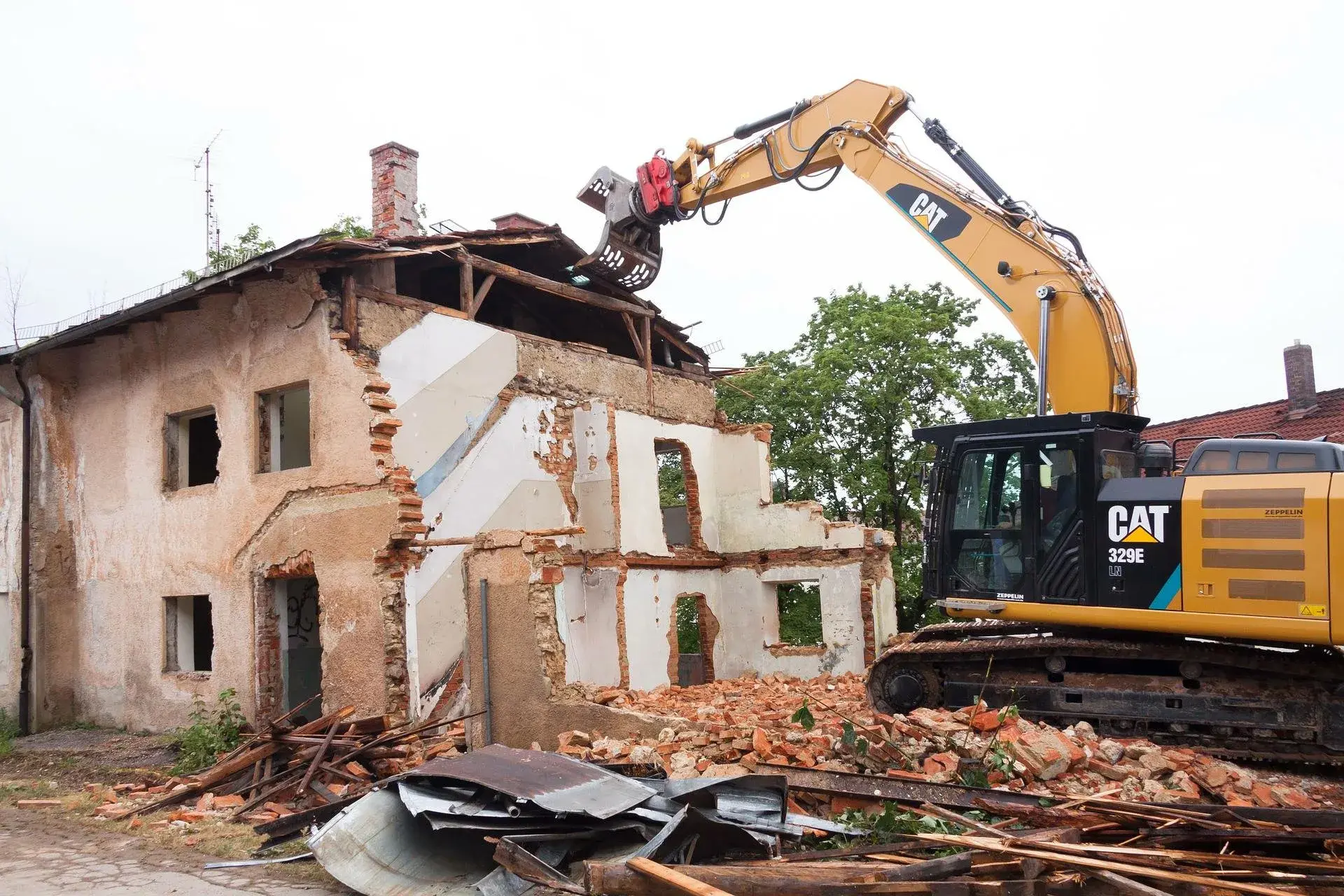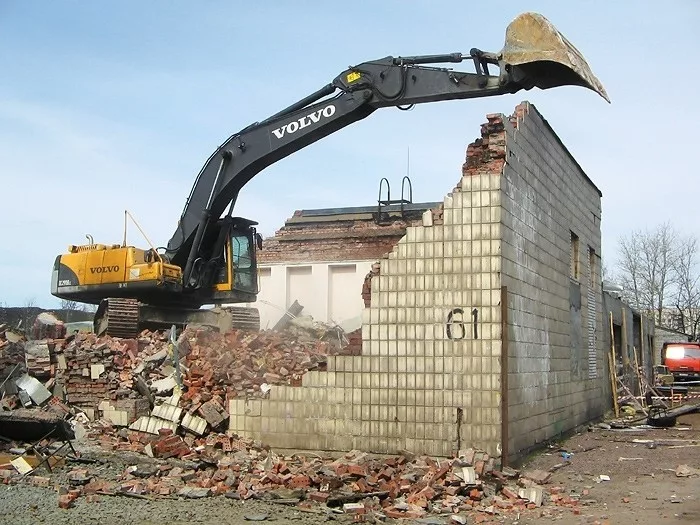Construction and demolition (C&D) waste today is one of the largest waste streams in the world, and governments and private organizations across the globe are responsibly trying to deal with this waste. As urban areas continue to expand, new buildings are constructed, and old buildings are demolished or renovated, vast amounts of debris are created. If left unchecked, this debris can lead to pollution, resource depletion, and increased costs.
This blog explains what C&D waste is, why we should be concerned, the types of materials it consists of, and how construction professionals, regulators and homeowners can all have an influence to reduce its effect.
C&D Waste: What is it?
Construction and demolition waste is defined as the material that is produced in the process of construction, renovation or demolition of buildings, roads and other structures. Whether it is concrete, bricks, lumber, plaster, metals, plastics or glass, the construction industry produces almost everything you can use to build. In many situations, these materials can be reused or recycled; however, they usually go straight to landfill because of inadequate waste management practices.
According to the World Bank, construction waste amounts to more than a third of all solid waste in the world, and it is becoming even more of a challenge to manage all waste with the continued urbanization of the third world.
Reasons Construction Demolition Waste is an Increasing Issue
The problem with C&D waste is its amount and nature. Household garbage is more consistent. Construction waste is mixed and usually requires sorting. Several reasons are reasons that it is an increasing problem.
Urban development – More buildings result in more construction waste.
Building deconstruction of older buildings – The Time taken to dismantle older buildings is decreasing.
Landfill space – Municipalities are running out of disposal area.
Environmental issues – Proper disposal means land waste, having a contaminated sub-surface, polluting air quality, and generating greenhouse gases.
Legislative pressure – Waste management is becoming stricter in many areas and requires less waste to be sent to landfills, forcing companies to reconsider waste management practices.
Categories of C&D Waste
C&D waste is varied. Identifying C&D waste Types can help to apply the proper management option. C&D waste Types can include:
Concrete and asphalt – Usually represent the largest portion of C&D waste, but are nearly 100% recyclable.
Wood – Includes raw lumber, plywood, and engineered wood.
Metals – Steel, aluminium (normally lots of it), copper, and other metals are often melted and reused.
Brick and masonry – These are durable products and can be crushed for aggregate.
Glass – Windows, panels, and artsy glass can be recycled, usually with skillful speciality recycling processes.
Plastics – Pipes, insulation, and some packing materials.
Hazardous materials – Asbestos, lead paint, and chemicals that need to be managed with care.
C&D Wastes Management Strategies
A successful construction and demolition waste management program will include a balance of reduction, reuse, recycling, and disposal. Potential strategies include:
Source separation – Source-separating waste materials on site for more efficient recycling.
Recycling – Taking concrete, wood, and metals to recycling facilities.
Reuse – On-site reuse of leftover materials.
Hazardous waste disposal – Best practices and meeting local safety requirements are important when dealing with hazardous wastes.
Partnerships with suppliers – Working with suppliers to return packaging and unused materials back to the vendor.
Best Practices for Diverting Construction and Demolition Waste
When it comes to successful C&D waste management, it is often about the planning. Best practices include:
Waste audits – Performing a baseline faces to identify types and amounts of waste that the construction project produces.
Designing for deconstruction – Layout the building and the materials used for the building to be reused.
Modular construction – Reducing waste by using prefabricated components.
On-site training – Training your crews on how to appropriately sort and recycle waste.
Waste metrics tracking – Monitoring waste diverted from landfills to help identify improvement opportunities.
Advantages of Efficient Management of Construction Demolition Waste
Responsible management of C&D waste has a myriad of benefits:
Environmental protection – Less landfill diversion and pollution.
Cost saving – Recycling and reuse reduce material purchase costs.
Compliance – Allows companies to be compliant and not have any costly penalties for non-compliance.
Reputation – Companies implementing sustainable practices for C&D waste tend to improve their market reputation.
Resource conservation – Conserves natural resources by recycling and reusing materials like metals, concrete, and wood.
Global Approaches to C&D Waste Management
Countries and regions differ in how they approach C&D waste management:
European Union – Aiming to recycle 70% of C&D waste (by weight).
United States – Depending on which state you are a resident of, has regulations. Some larger projects require recycling plans to be created.
Japan – Places a stronger emphasis on deconstruction instead of demolition to create very high recycling rates.
Australia – Favours – separates waste at construction sites by placing levies on landfill.
Middle East -They are developing regulations that improve sustainable construction, which is increasing rapidly in urbanisation
All of these global approaches offer great ideas for countries that have not pursued or have room for improvement in their C&D waste management systems.
New Developments in the Construction and Demolition Waste Management Sector
Technology and innovation are changing the way we manage construction waste. Some examples that are being developed include:
Smart tracking for waste – Digital tools for tracking and measuring waste and waste diversion.
Robotic deconstruction – Automated machines that allow the deconstruction of buildings in a safe way and can sort materials.
Use of recycled materials in new projects – For example, using crushed concrete as aggregate in new roads.
Circular economy models – A closed-loop model where waste feeds into the manufacture of new products, thus more people participate.
Green certification programs – For example, ‘Leadership in Energy and Environmental Design’ (LEED) and the ‘Building Research Establishment Environmental Assessment Methodology’ (BREEAM), provide a step towards sustainability with specifications that will not allow construction and demolition materials to go to landfill.
How Homeowners Can Manage C&D Waste
C&D waste is not only a problem for large contractors, but also considered by homeowners when they renovate or conduct small renovations. Practical considerations for homeowners include:
Plan for waste management before starting work – Determine dumpster and/or recycling services before the work starts.
Plan to reuse – For example, doors, windows, and cabinets are often reused.
Donate usable materials – Habitat for Humanity and others will accept building materials.
Avoid improper handling of hazardous materials – there are professionals to handle asbestos, lead paint, and/or chemicals.
Separate waste – This will make recycling much easier (wood and metal can be separated, too).
Homeowners can help minimize their impact on the environment and sometimes minimise their disposal costs by taking a proactive approach to C&D waste.
In conclusion
Construction, renovation, and demolition waste may feel like an unavoidable part of progress, but we can reduce that impact with proper practices. Recycling concrete and metal, or using better deconstruction methods, we can all help participate in a more sustainable industry. Let 2021 be the year of collaboration between contractors, regulators, and homeowners so that we are not seeing growth and advancement to the detriment of the planet.
FAQs
- What is the largest contributor to construction and demolition waste?
Concrete, asphalt, and masonry usually contribute the most to C&D waste.
- Is it possible to recycle all C&D waste?
Not all, no. There are many recyclable parts of C&D waste, concrete, metals, and wood being the most recyclable; however, hazardous waste, like asbestos, requires a separate disposal facility.
- Why is it imperative to manage C&D waste?
Management can limit damage to the environment, allow cost savings, conserve resources, and keep you compliant with regulations.
- What is technology’s role in C&D waste management?
Technology will also assist in recycling, tracking of waste, smart deconstruction, the circular economy, etc.
- How can small-scale homeowners reduce C&D waste?
Reuse materials, donate usable items, separate waste, and organize to recycle or dispose of waste properly.


